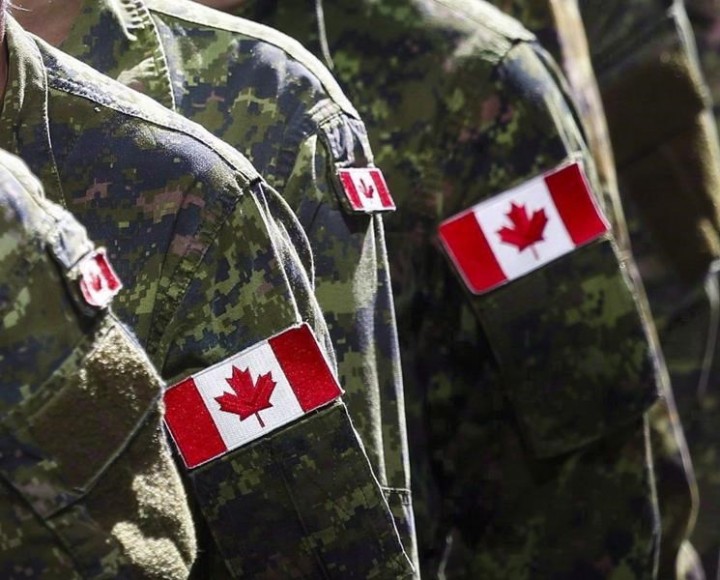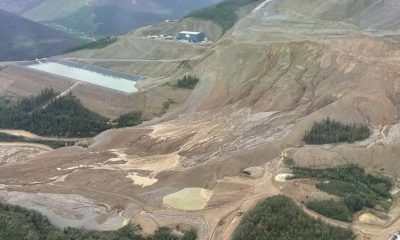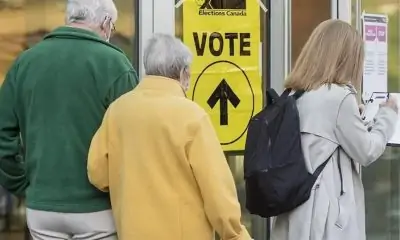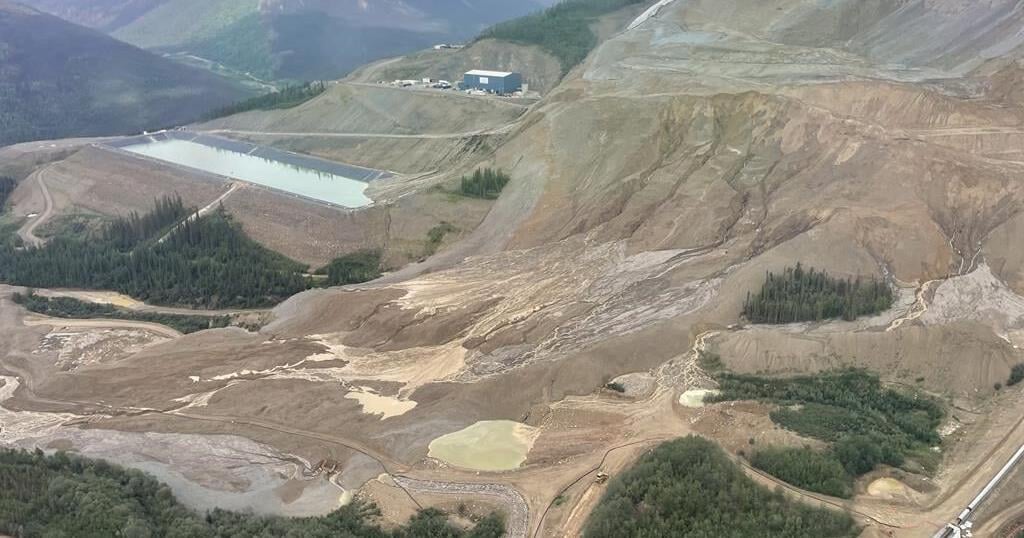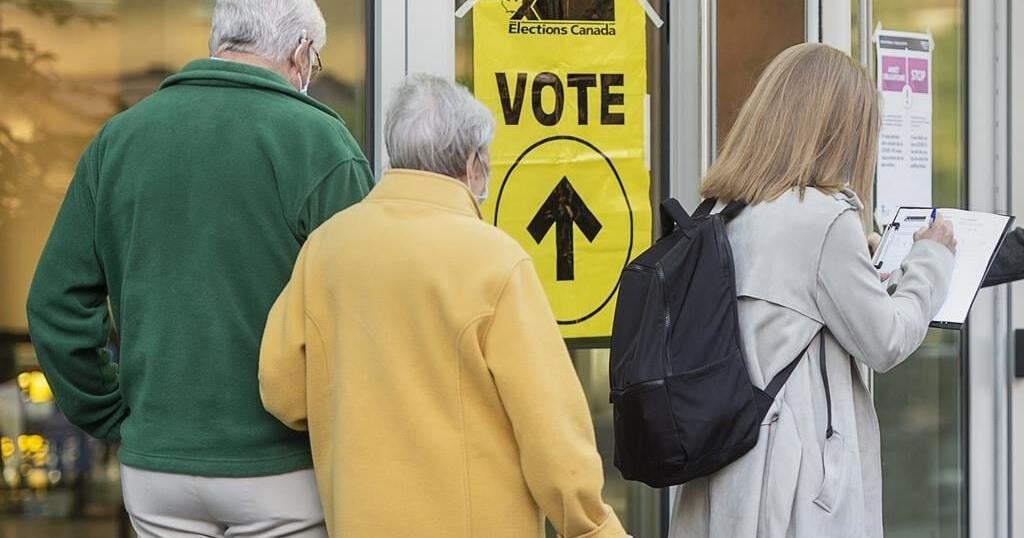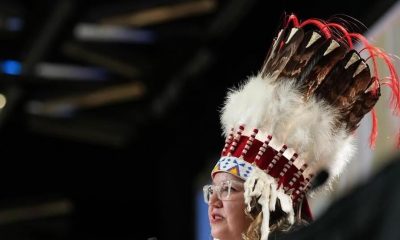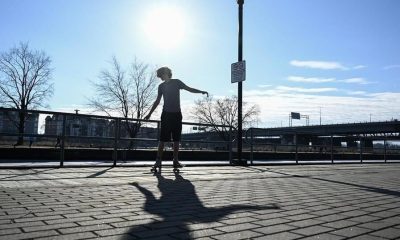OTTAWA — The Canadian Armed Forces is rolling out a new housing benefit that a senior commander says will better help troops struggling to find affordable accommodations while saving millions of dollars every year.
The Canadian Forces Housing Differential will supplement the incomes of members who have to live and work in areas of the country with high rental costs.
That includes Canadian Forces Base Comox on Vancouver Island, where some members were recently told they could contact Habitat for Humanity if they were having trouble finding a place to live.
The benefit is set to come into effect on July 1 and will replace an existing allowance called the post living differential, or PLD, that sought to offset the cost of living and working in particularly expensive communities.
Unlike that allowance, whose rates have been frozen since 2009, the new housing benefit will be tied to salary to help those who need it most, said Brig.-Gen. Virginia Tattersall, the military’s director general of compensation and benefits.
The result is that thousands of members who don’t currently qualify for the PLD allowance will start to receive the housing benefit, while thousands of others will see their PLD cash cut off — at a net savings of about $30 million per year.
“This benefit is about us being equitable,” Tattersall said in an interview. “It is truly trying to look after those who need it the most. So hence why it is more the junior ranks that will benefit from this than it is the senior ranks.”
She added the aim is to ensure no member is forced to spend more than between 25 per cent and 35 per cent of their monthly salary on rent. An outside company has been hired to assess average rental prices near bases.
Online forums catering to military personnel are rife with stories and complaints from Armed Forces members about the lack of affordable housing near military bases where they are required to work.
The problem is exacerbated by the cyclical nature of military postings, as troops are routinely forced to relocate from one part of the country to another due to operational demands and career progression.
Younger and more junior members face an especially hard time in certain communities such as Comox, Victoria and Halifax, where housing is extremely limited or expensive.
There is also a critical shortage of housing on bases, with thousands of military members and their families currently on wait-lists while promises to build new accommodations largely stuck in neutral.
To ease the problem, the local base commander at CFB Esquimalt near Victoria has started letting new sailors live in their training quarters for months after their initial training is finished.
The focus on housing rather than overall cost-of-living reflects the main cost disparity of living in different parts of the country, Tattersall said, unlike in the past when cost variances were far greater.
“Cost of living per se is relatively equal across the country, the one thing that does stand out is that cost of housing, or that affordability of housing,” she said.
“And so that’s why we’ve focused the benefit in on that issue, because that more seems to be the real challenge for our members.”
Tying the new housing benefit to salary will ensure those who are really struggling get the help they need while cutting down on spending, she added. Armed Forces members living in military housing will also not qualify.
The new housing benefit will cost about $150 million per year, compared to $180 million for the PLD allowance.
“And so part of finding that sweet spot in terms of something that looked after members was also ensuring that we brought ourselves back within the envelope of funding that had been authorized,” she said.
The military estimates that about 28,000 Armed Forces members will qualify for the new housing benefit, which represents about 6,300 more than currently receive the PLD.
However, about 7,700 members who have been receiving the existing allowance will be cut off. While the military says most of those already live in military housing or have higher salaries, the move is likely to spark complaints.
This report by The Canadian Press was first published March 21, 2023.
Lee Berthiaume, The Canadian Press
Related

